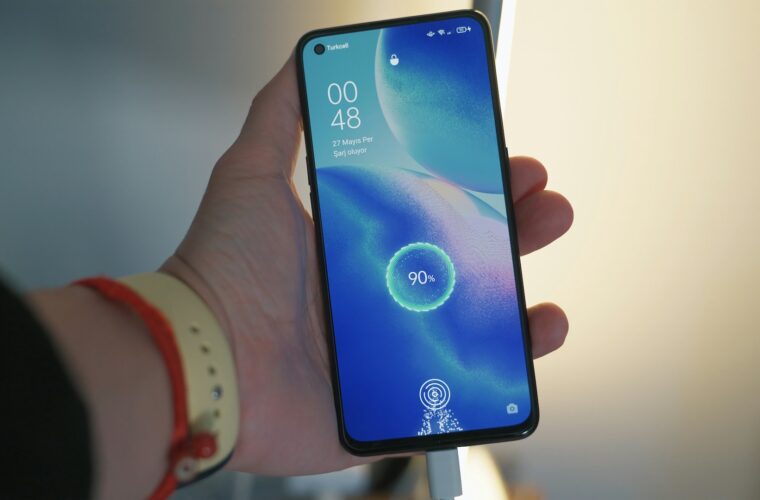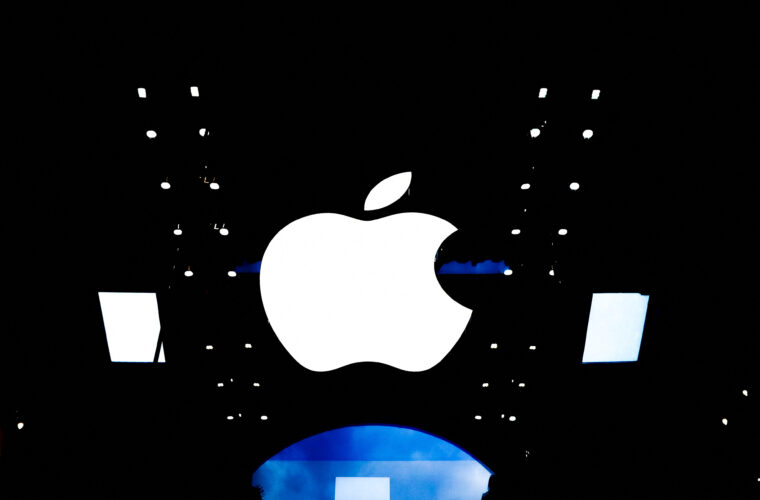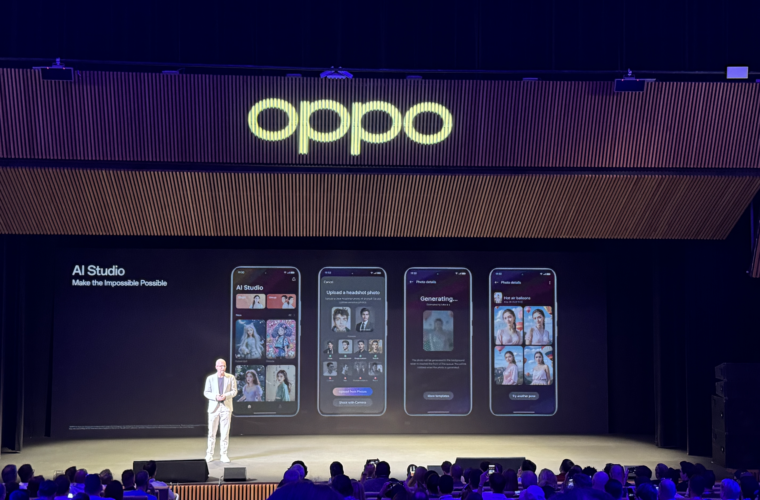The most surprising news about the iPhone 15 Pro is not the hardware or the software but the price because, unlike in previous years, Apple has kept the same prices as last year in the US. The only exception is the iPhone 15 Pro Max, which starts at $100 more than the previous year’s list price. Although the cost in Europe remains higher than in the US due to higher taxation, at least this time, the figures have not been adjusted upwards compared to last year, although there is no shortage of new phones. The highest price is in Italy, where the 128GB iPhone 15 Pro is on sale for €1239, while the 256GB Pro Max starts at €1489.
Titanium
The first and most obvious difference from the past is the choice of titanium for the outer shell, which replaces stainless steel to ensure greater strength and, above all, more lightness for the iPhone. The weight issue was a priority in Cupertino and with the reduction of 19 grams for the two top-of-the-range models – 187 grams for the iPhone 15 Pro and 221 grams for the Pro Max – an important goal has been achieved in two respects.
The first is the reduced weight when slipping the phone into trouser pockets and even more into jacket pockets. The second is that the renunciation of steel in favour of aluminium for the internal body has made it possible to do away with the single block structure present until last year, which, in the event of a rear glass breakage, obliged the entire part to be changed instead of a single element. This is a significant structural change reflected in buyers’ pockets because if the repair charge for an Italian user was €629 before, it is now down to €199.



Goodbye Lightning, welcome USB-C
Anticipated several times before the official presentation, the least expected but nonetheless impactful novelty concerns the USB-C connector, with Apple following the European Union’s desire to favour a single standard and eliminate the micro USB cables that are still widespread (2024 is the deadline for smartphones, 2026 for notebooks).
Bearing in mind that only the USB-C cable is in the box because the charger and headphones were eliminated with the arrival of the iPhone 12 (an example later followed by Samsung), the farewell to the Lightning connector allows one to connect a microphone, hard disk and any other external peripheral to the phone, as well as being able to use iPhone to charge the Apple Watch and AirPods. A second advantage concerns file transfer times, since with a USB 3 cable (to be purchased separately), speeds can reach 10 Gbps: numbers that essentially allow 5GB of data to be transferred from the phone to the MacBook in less than 20 seconds.
Action Button, an intriguing experiment
The arrival of the Action Button expands the opportunities to customise the iPhone 15 Pro user experience. Designed to replace the phone’s mute and ringer switch, the physical button on the left side lets you choose which application or command to associate with it. Basically, you can choose between opening the camera, starting a voice recording, activating the full immersion to turn off notifications, turning on the torch, setting the silent mode, or associating the most frequently used application via Shortcuts so as to save time and steps to get to the chosen function. I chose Spotify because I listen to music very often, with the app opening after a gentle long press, which is useful to prevent random touches from wasting time by launching apps or functions not wanted at the time.
Camera and software advances
Apple has made some important changes to the camera of the two Pro models, which differ from each other in the telephoto lens, which goes up to 3x in the case of the iPhone 15 Pro and 5x for the Pro Max. The difference is not abysmal, but it is there, and you can feel it, with the Pro Max being the ideal version for photographers and audio-video entertainment professionals. Among the most noticeable improvements is the effectiveness of the new lens coating to eliminate lens flare at night, as well as the ability to recognise framed subjects, particularly human faces and those of dogs and cats, which allows you to take portraits later, even without having shot in dedicated mode, because iPhone 15 Pro automatically captures depth information.
Thanks to the A17 Pro chip, the industry’s first 3-nanometer processor that brings a lot of power, speed and improved power-to-performance ratio, and thanks to computational photography, the 48-megapixel main camera on the two Pro models shoots at 24MP by default (whereas in the past each shot was stored at 12MP). Still, the images take up little space thanks to pixel binning, which merges pixels according to the amount of light (when there is insufficient light, the system automatically reduces the shot to 12MP), and by virtue of saving the files in HEIF format, which allows the quality of the shot to be maintained and takes up little memory compared to JPEG format.
Everything runs smoothly as long as one remains within the Apple ecosystem when photos are opened on the Mac. At the same time, there are difficulties if the shots are sent to phones or other Android devices because the display loses detail. As for the video, the stabilisation continues to make a difference, along with the ease and effectiveness of focusing, including the ability to change shooting modes during recording. Also of note is ProRes shooting in 4K at 60fps on an external storage device, while later on, space videos for Apple Vision Pro, the augmented reality viewer unveiled by Apple in recent months, will come.






Why buy the iPhone 15 Pro, and why not
Overall, the iPhone 15 Pro (and Pro Max) demonstrates Apple’s vision of adding enhancements, especially software, that raise the phones’ productivity and the quality of photo and video content. This is also a deliberate choice because of the leap in level of the iPhone 15 and iPhone 15 Plus, which have gained many innovations exclusive to last year’s two Pros. On an overall level, therefore, the two Pros are great models for content creators but do not represent such a revolution that they are worth buying for those who already have an iPhone 14 Pro.
The reason is quickly stated: Apple has accustomed us to phones made with excellent materials, top performance and the ability to last, thanks to the updates guaranteed by the Cupertino company. This is why a one- or two-year-old iPhone is still one of the best smartphones on the market. However, The situation is different for those who have an older version or want to try something new from the Android world. In this case, and with the budget available, the purchase is useful to start exploring the Apple ecosystem, starting with a phone that, were it not for the 20W charger and the 30 minutes to get from 0 to 50% battery, has no weak points.



